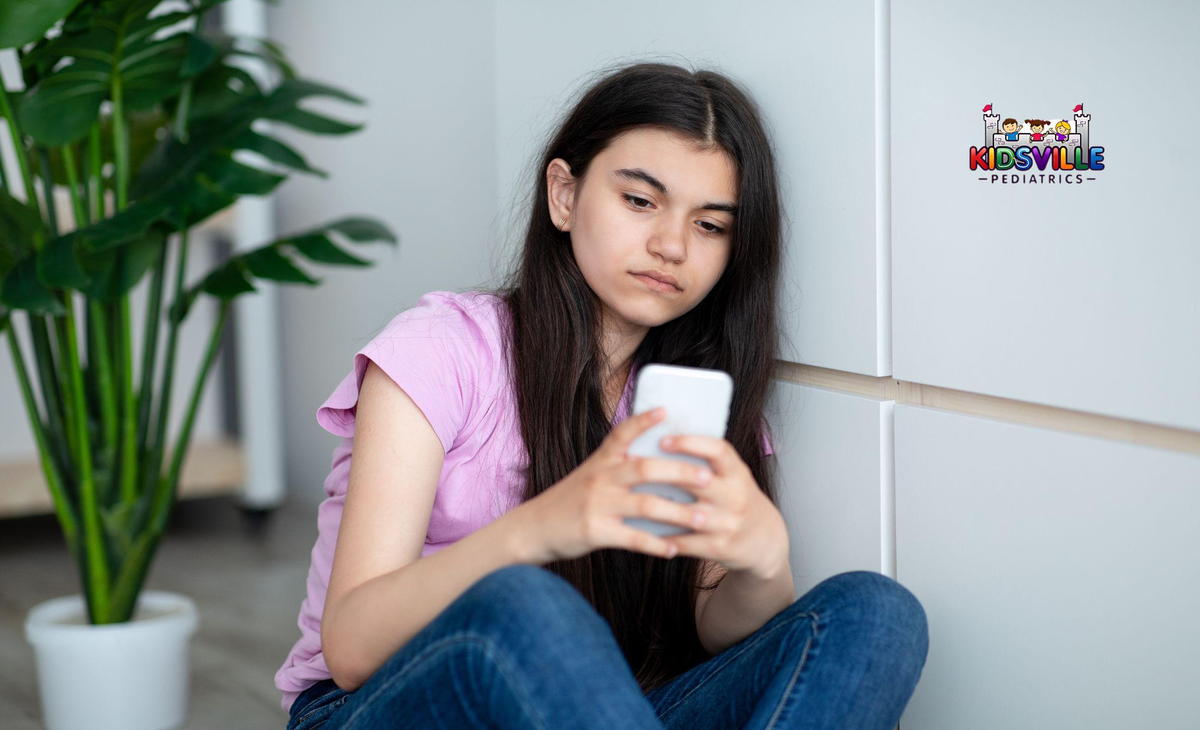
John Hawk Insunrated – Device Addiction Fuels Anxiety and Self-Esteem Issues have emerged as major concerns among adolescents and seniors. Too much screen exposure affects mental health through various pathways including disrupted sleep cycles poor concentration and increased worry. Health professionals have cited cases of diminished self worth caused by negative comparisons on social media platforms and lack of meaningful human interaction. Headaches eye strain and irritability also commonly accompany this pattern of overuse. As public awareness grows various strategies have been proposed to reduce screen dependence. Even short breaks away from screens are believed to significantly improve mood and stress levels. Guidance has been issued for daily habits that support better mental wellbeing and restore mind body balance.
Device Addiction Fuels Anxiety and Self-Esteem Issues often begin subtly with a longing to check notifications or endless scrolling. People may notice creeping fatigue inability to concentrate poor sleep and increased irritability. Some report tension around social acceptance or feelings of inadequacy compared with others. Seniors can also feel left behind technological changes and experience worry or frustration linked to their lack of familiarity with apps or devices. Physical symptoms such as eye fatigue or tension headaches often become indicators of excessive use. Once these behavioral patterns deepen stress hormones like cortisol increase while serotonin and dopamine regulation suffer. This cycle can spiral into deeper anxiety or avoidant behavior. Early recognition of these signs is essential for reversing the effects and regaining healthier habits.
“Read about: From Predictable to Playful: How Spontaneity Redefines Lifestyle in 2025”
Experts suggest a range of practical digital detox strategies to combat device addiction and restore psychological wellbeing. Screen-free meals encourage mindful eating and family bonding free from digital distraction. Device-free walks immerse people in nature improve mood and lower heart rate while encouraging physical activity. Avoiding screens before bedtime helps regulate circadian rhythm improve sleep quality and allow the body to enter rest mode. Even short unplugged breaks each day can lower anxiety and reduce rumination. Professionals advise using analog tools like notebooks or wall planners to reduce dependence on screens. Simple devices like alarm clocks wristwatches or physical planners can decrease reliance on smartphones. These steps help people reclaim autonomy over their focus and restore a sense of calm and presence in daily life.
Medical professionals emphasize that recovery from device addiction requires mindful changes and sustainable habits. On National Doctor’s Day experts noted device addiction contributes to sleep disruptions eye strain anxiety and diminished self esteem. These conditions often compound each other unless screen use is addressed directly. Doctors recommend unplugged intervals including 30 minutes of daily downtime to activate relaxation responses. Breathing exercises gentle stretching or meditation can enhance the benefits of these breaks. Consistent use of these practices supports stress regulation and resilience. Health advisors also encourage creating structured routines where screens serve as tools not distractions. In schools workplaces and community centers simple policies can reinforce digital balance. These expert recommendations offer practical guidance for both individuals and organizations committed to building healthier tech habits.
“Read more: Forgotten Surrealist Remembered: Óscar Domínguez at Museo Picasso Málaga”
Developing healthier digital patterns requires intention repetition and real support systems. Families can create device-free zones such as bedrooms or dining spaces to preserve quiet and promote meaningful interaction. Social groups can offer shared commitment to limiting screen time especially after dark. Some organizations have implemented screen curfews or tech free periods during events or meetings. Schools can begin classes with device free mindfulness sessions or physical check ins. Encouraging analog hobbies music sports books or art provides positive alternatives to passive scrolling. Monitoring apps can help set boundaries but should work alongside personal accountability and encouragement. By replacing digital noise with reflective focused moments individuals learn to redirect attention toward people ideas and physical wellbeing. Over time these healthy practices can reduce anxiety lift self esteem and restore a stronger sense of connection and presence.
John Hawk Insunrated - Many creators now adopt the anti perfection content workflow to publish quickly, learn fast, and grow…
John Hawk Insunrated - Many creators now adopt an anti perfectionist workflow guide to publish faster, learn from real feedback,…
John Hawk Insunrated - Artists, writers, and makers often underestimate how consistent creative practice daily reshapes their skills, confidence, and…
John Hawk Insunrated - Artists, workers, and students increasingly turn to creative practices for wellbeing to manage stress and protect…
John Hawk Insunrated - Many artists rely on personal sketchbook creative freedom to explore ideas safely without pressure or judgment.…
John Hawk Insunrated - Many professionals are experimenting with new skills to stay relevant, yet few truly analyze what works…